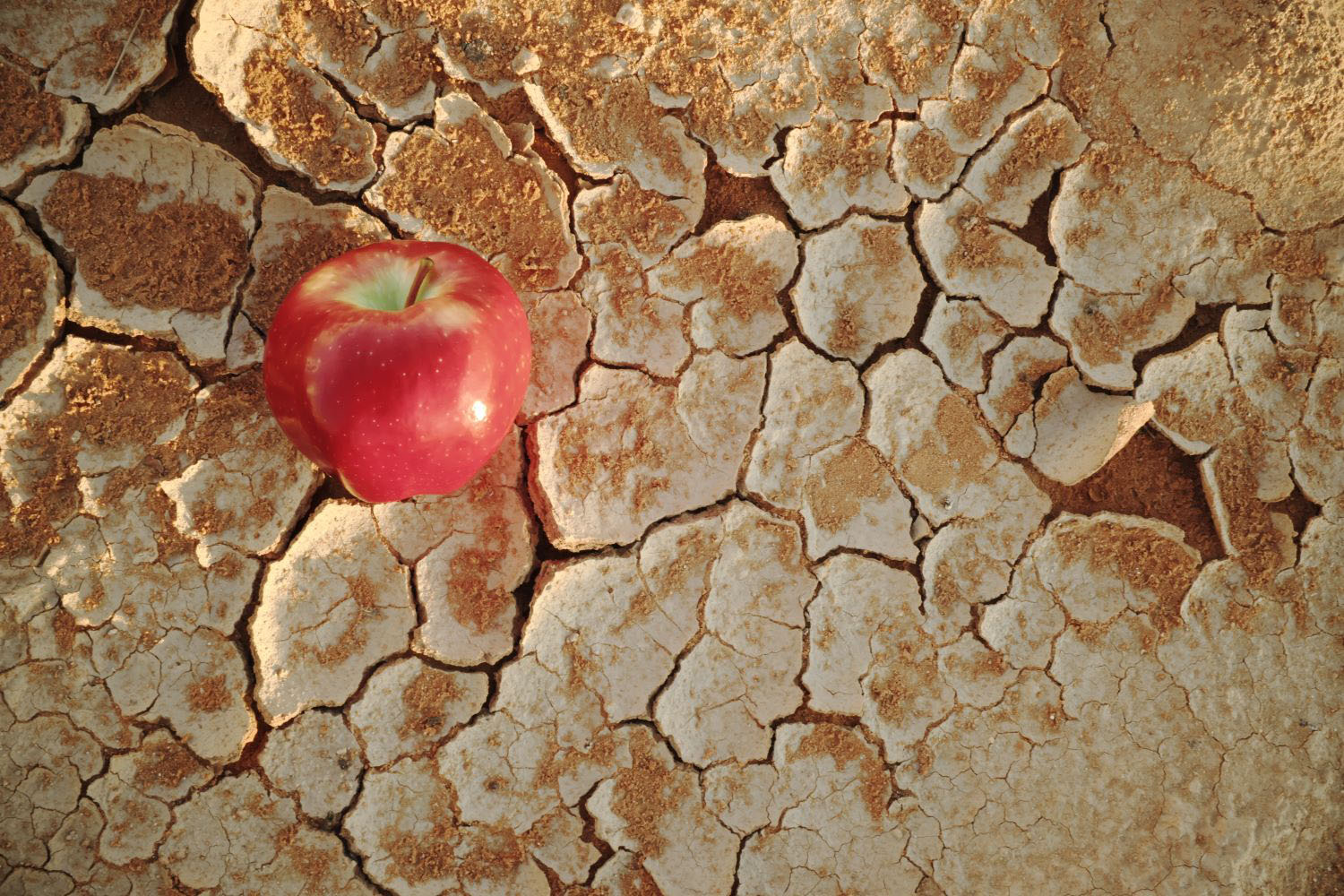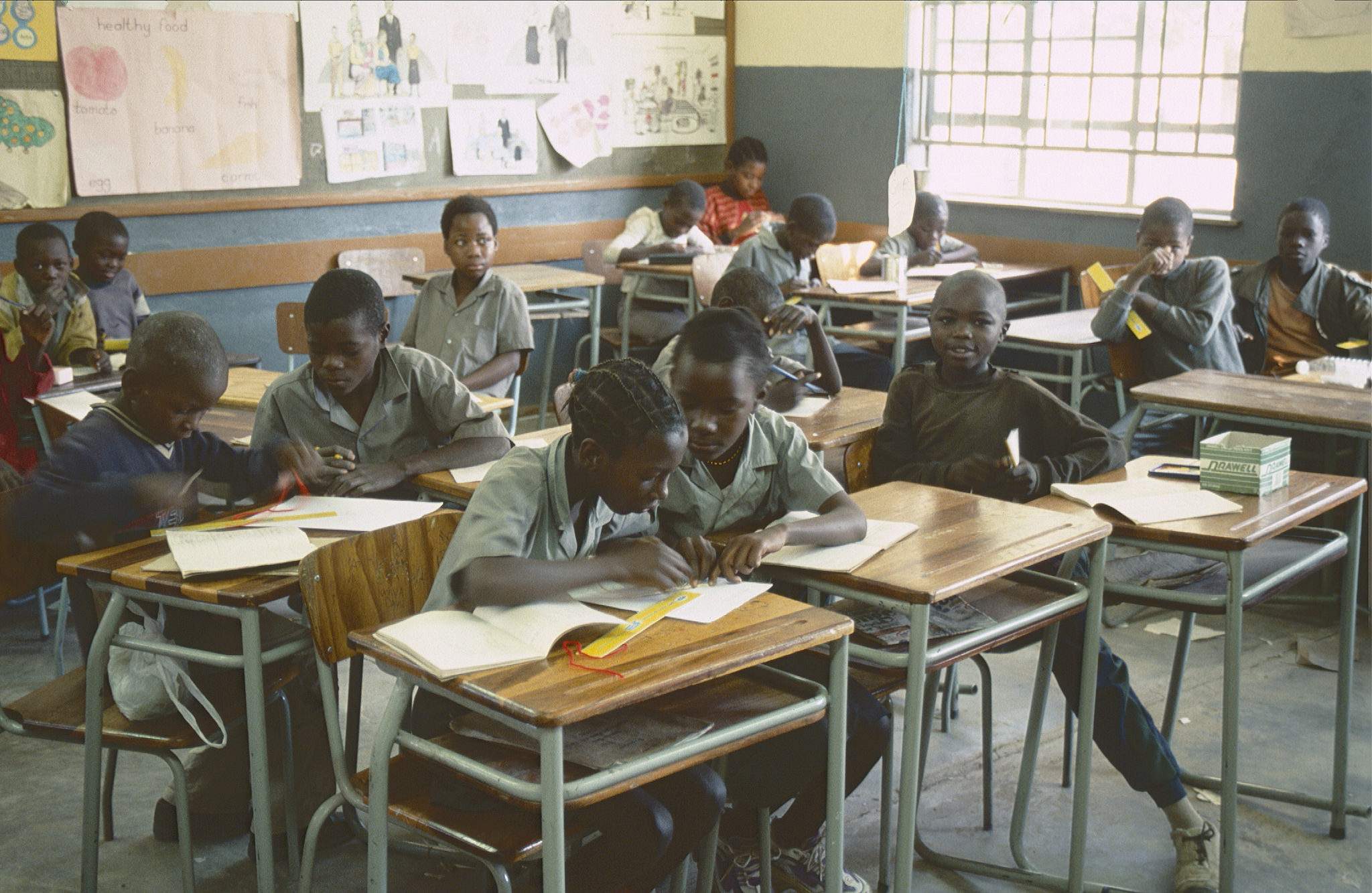"Bill Cline has been a pioneer in the study of the economic effects of global warming. His latest book on the effects on agriculture is of great importance and he has provided another important landmark in the study of this crucial issue."
-Sir Nicholas Stern, I.G. Patel Chair, London School of Economics and Political Science, and author of the Stern Review on the Economics of Climate Change for the UK Treasury
"For too long environmentalists and earth scientists in the rich world have had an unfortunate near-monopoly on serious concern about climate change and its mitigation. This book will help change that. Its careful country-based estimates of the impact of climate change on agriculture constitutes a serious wake-up call to development economists, finance ministers in emerging markets, and analysts everywhere who care about sustained poverty-reducing growth in Asia, Africa and Latin America."
-James Gustave Speth, Dean, Yale School of Forestry and Environmental Studies
Thanks to the growing body of evidence about climate change, including the high-profile "Stern Review" and successive reports by the Intergovernmental Panel of Climate Change, public pressure for a more climate-conscious government response is increasing. In the United States, several states are adopting measures to discourage carbon dioxide emissions, and the Supreme Court has ruled that CO2 is a pollutant to be regulated by the Environmental Protection Agency. Internationally, the European Union has established a functioning system of trading in carbon emission permits. Under the United Nations Framework Convention on Climate Change, negotiations could begin later this year on the post-Kyoto regime after 2012.
But while there is growing recognition that global warming is a problem, little attention has been paid to the likely differential impact across countries, especially within the developing world. In this new book, William Cline, a joint senior fellow at CGD and the Peterson Institute for International Economics, provides the most comprehensive estimates to date of the impact on agriculture, with detail by country and subregions within the largest countries. The estimates focus particularly on China, India, Brazil, and the poor countries of the tropical belt in Africa and Latin America.
While some believe that a few degrees Celsius of warming will cause minimal damage to world agriculture and could actually be beneficial, Cline's study shows, with more detailed and systematic estimates than previously available, that by late this century, the global aggregate effects will be negative, and that developing countries will suffer first and worst.
Temperatures in developing countries, which are predominantly located in lower latitudes, are already close to or beyond the thresholds at which further warming will reduce rather than increase agriculture potential, and these countries tend to have less capacity to adapt. Moreover, agriculture constitutes a much larger fraction of GDP in developing countries than in industrial countries, so a decrease in productivity will impose larger income loss in developing countries.
Cline applies agricultural impact models of two types, "Ricardian" statistical economic models and process-based agronomic crop models, combined with leading climate model projections, to develop comprehensive estimates for agricultural impacts in more than 100 countries. He develops a consensus set of geographically detailed estimates for changes in temperature and precipitation by the 2080s and applies these climatic changes to the agricultural impact models.
Cline's analysis has sobering implications for all concerned about global poverty and long-term economic development. This study starkly confirms the asymmetry between potentially severe agricultural damages in many poor countries and milder effects in rich countries.
Contents
Chapter Two: Brief Survey of Existing Literature
Chapter Three: Key Issues: Carbon Fertilization, Irrigation, and Trade
Chapter Four: Country-Level Climate Projections
Chapter Five: Country-Level Agricultural Impact Estimates
Chapter Six: Dynamic Considerations
Appendices
Rights & Permissions
You may use and disseminate CGD’s publications under these conditions.





